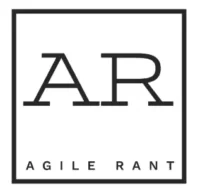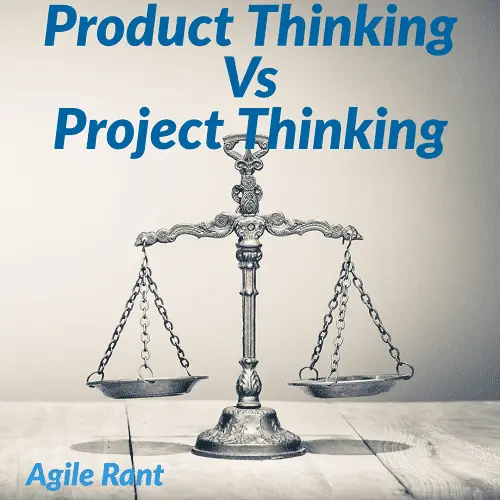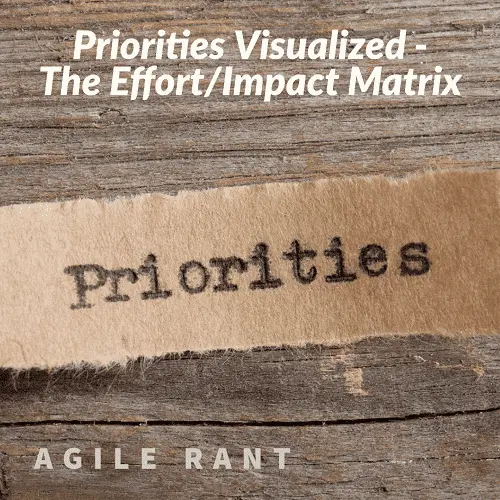Product thinking vs project thinking. The terms are thrown around a lot. But what are some of the differences and how can understanding them better help you and your team?
Product thinking vs project thinking, what is the difference? Thinking about outcomes and when a product meets specific needs vs when certain deliverables and times have been met.
Product Thinking is a mentality focused on outcomes. Work is organized around delivery of specific products and features.
Project Thinking is a mentality focused on dates. It aims to organize work efforts into projects and timelines, to deliver at specific dates.
In the world of software development, there are two main schools of thought when it comes to approaching projects: project thinking and product thinking. Project thinking is focused on the delivery of a specific product or feature, while product thinking is focused on the long-term success of the product.
Project Thinking
Project thinking is a linear approach to development that focuses on the completion of a specific set of tasks. It is often used for projects with well-defined requirements and a clear deadline. Project thinking is characterized by the following:
- Planning: The project is carefully planned from start to finish, with a clear timeline and set of deliverables.
- Execution: The project is executed according to the plan, with regular check-ins and status updates.
- Completion: The project is completed on time and within budget, with all of the required deliverables.
Project thinking is a valuable approach for projects that have a clear goal and a limited timeframe. However, it can be less effective for projects that are more complex or have a longer lifespan.
Product Thinking
Product thinking is an iterative approach to development that focuses on the long-term success of the product. It is often used for projects with unclear requirements or a constantly evolving market. Product thinking is characterized by the following:
- Discovery: The product team gathers information about the problem they are trying to solve and the users they are trying to serve.
- Hypothesis: The product team creates a hypothesis about what the product should do to solve the problem and meet the needs of the users.
- Experimentation: The product team builds a prototype and tests it with users to see if it solves the problem and meets their needs.
- Learning: The product team learns from the results of the experiment and iterates on the product until it is successful.
Product thinking is a valuable approach for projects that are complex or have a long lifespan. It allows the product team to be more responsive to changes in the market and the needs of the users.
Which Approach is Right for You?
The best approach for a particular project depends on the specific circumstances. If you have a clear goal and a limited timeframe, then project thinking may be the best option. If you have an unclear goal or a constantly evolving market, then product thinking may be the better choice.
In reality, most projects will require a combination of both project thinking and product thinking. The key is to be flexible and adaptable, and to choose the right approach for each stage of the development process.
Common Pitfalls of Project Thinking
- Dates are set without understanding the work
- What is “good enough” to move forward is not known
- Work is forced into arbitrary timelines
- Resources are scattered among multiple objectives, trying to meet dates
Conclusion – product thinking vs project thinking
Project thinking and product thinking are two different approaches to software development. Project thinking is focused on the delivery of a specific product or feature, while product thinking is focused on the long-term success of the product. The best approach for a particular project depends on the specific circumstances.
Use a good balance across the team to best effect. Also, if the team is large enough, have a project manager to manage the work in that regard and a product manager to manage the product side.
Additional content that helps product thinking vs project thinking
A great read on how to find the balance between product thinking vs project thinking. Why you need both to succeed


